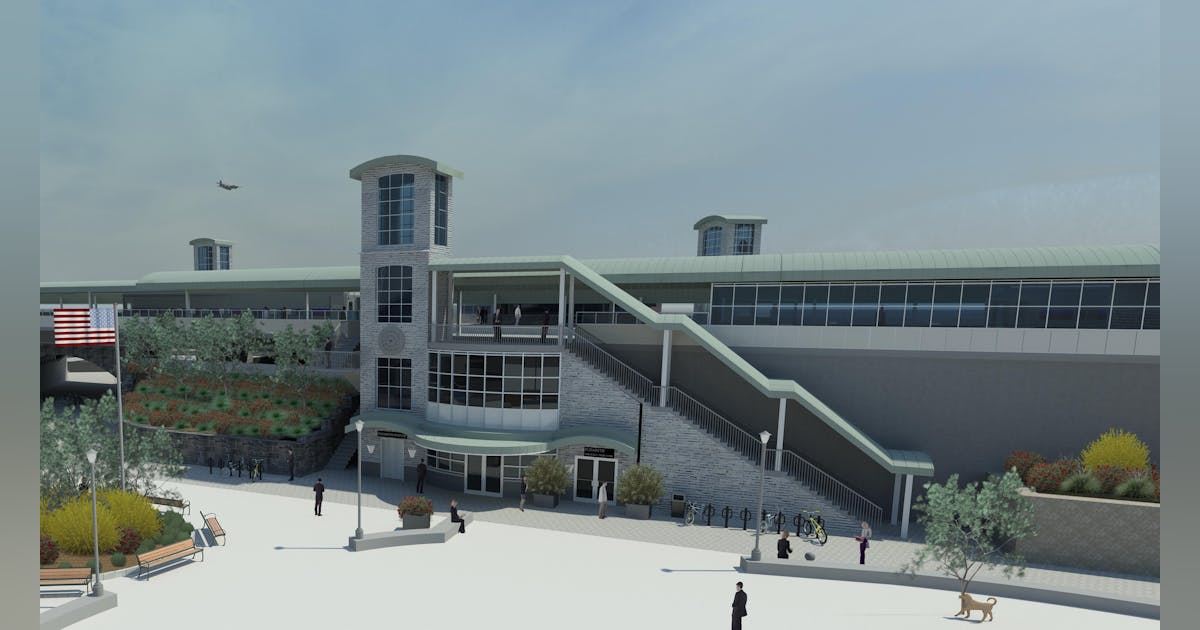Kentucky being added politically may not have the benefit people hope for. Recall that the Health Insurance Marketplace call center was located in KY to smooth passage/acceptance of the ACA and it hasn’t stopped McConnell or other R’s from the state from supporting repeal efforts.
Also, the service itself is questionable. Louisville’s Union Station, while beautiful inside and out, is in a desolate part of town. Most Louisvillians, who are concentrated to the east and south of downtown, have an easier time reaching the airport than the train station (so long as they’re driving, I don’t believe you can walk or bike to SDF tho few would try). The last time the KY Cardinal ran between CHI-LOU, it was absurdly slow, hence it was discontinued in 2003 after 4 years of operation. Slow service is a tough sell when a plane to Chicago will get you there in less than two hours, including the time you have to spend at the airport, for less than $80.
I’d be more optimistic about the value of the train if it continued down to Nashville from Louisville.
Politics was directly responsible for how awful the old
Kentucky Cardinal schedules were, for the expressed purpose of making killing the route a self-fulfilling prophecy. The schedule was intentionally doubled-up with the long distance
Cardinal for inexplicable reasons (the routings and audiences were divergently different), making arrivals/departures completely inappropriate for the short-haul audience. And the Indianapolis-Louisville segment, owned by a shortline RR, was restricted to 30 MPH over rough-riding jointed rail because the anti-transit states of Indiana and Kentucky conspired to deprive it of all the necessary upgrade funding to get it up to the reference spec it was supposed to be run at. Indiana continued the subterfuge to get the truncated
Hoosier State expunged in the end.
Under the PRIIA legislation it is quite literally impossible for the route to be as bad as it was in its last incarnation because there are now well-defined standards the states have to uphold as participants in the route network. The Biden Admin's sell job here is that the fed funding will pay for the track upgrades the states are reluctant to...and then all the states have to do is just run the dang thing in good faith and it'll mostly work. PRIIA reporting requirements will more or less ensure that they don't ratfuck the schedule, and require them to choose times of day that track with actual demand. The location of the Louisville stop isn't this worlds-destroying deterrent. It was
mostly the godawful schedule that did it in...with the arrival/departure times directly responsible for making the station location
seem more inconvenient with its cosmically anti-peak timings. That's prevented from being as much of a drag this time around. The stop location isn't required to be maximally convenient to all Louisvillans for this to work. The schedule is.
The politics, though?...blech. McConnell is still a primary deterrent to getting anything done here, just as he was throughout the
Kentucky Cardinal's tortured existence. He somehow manages to get reelected despite eschewing pork for any of his constituents and maintaining absolutely dreadful negative polling with his own voters (Rand Paul much the same). It doesn't matter...he is what he is, and he's electorally intractible there. Indiana is overrun by nihilist elected officials almost to a
worse degree than when the
Hoosier State met its untimely demise. Absolute brainrot at the state level and relative implosion from the state-level Gov+Legislature regime of 15 years ago who *kinda sorta* were coming around. They are also fair game to try to spite-block any Chicago Hub route expansion that runs
through them to other more willing states, because "Fuck y'all!". The one saving grace for very pro-rail/pro-expansionary states like Michigan is that Amtrak self-owning the 110 MPH mainline through Indiana (the only lock/stock self-ownership case outside of the NEC/Keystone/Empire-to-Albany) provides a total end-run around Indiana local politics. And that is almost the sole reason that so much of the rest of the Midwest statie corridor network is absolutely cooking right now.
I see this as one corridor Biden *has* to propose for inclusion because its demographics are so intrinsically good, and because it's a good-faith reaching across the aisle for building political capital. But also one that it's wholly expected the radicalized Congressional delegations from KY/IN are just going to spit back in his face, so are probably going to be the very first cuts from the plan when the whip count gets hustled. Leading horse-to-water, to-drink/not-to-drink, etc., etc.



